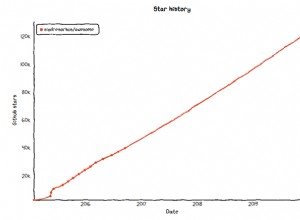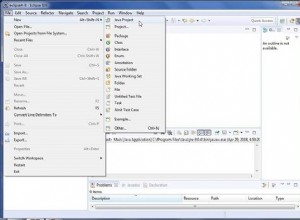Il y a des situations où la redondance ne tient pas. Par exemple, dites ColumnC était un champ énorme, mais il fallait parfois le récupérer rapidement. Votre index 1 ne nécessiterait pas de recherche de clé pour :
select ColumnC from YourTable where ColumnnA = 12
Par contre index 2 est beaucoup plus petit, il peut donc être lu en mémoire pour les requêtes nécessitant un parcours d'index :
select * from YourTable where ColumnnA like '%hello%'
Ils ne sont donc pas vraiment redondants.
Si vous n'êtes pas convaincu par mon argument ci-dessus, vous pouvez trouver des index "redondants" comme :
;with ind as (
select a.object_id
, a.index_id
, cast(col_list.list as varchar(max)) as list
from (
select distinct object_id
, index_id
from sys.index_columns
) a
cross apply
(
select cast(column_id as varchar(16)) + ',' as [text()]
from sys.index_columns b
where a.object_id = b.object_id
and a.index_id = b.index_id
for xml path(''), type
) col_list (list)
)
select object_name(a.object_id) as TableName
, asi.name as FatherIndex
, bsi.name as RedundantIndex
from ind a
join sys.sysindexes asi
on asi.id = a.object_id
and asi.indid = a.index_id
join ind b
on a.object_id = b.object_id
and a.object_id = b.object_id
and len(a.list) > len(b.list)
and left(a.list, LEN(b.list)) = b.list
join sys.sysindexes bsi
on bsi.id = b.object_id
and bsi.indid = b.index_id
Apportez du gâteau à vos utilisateurs au cas où les performances diminueraient "de façon inattendue" :-)




